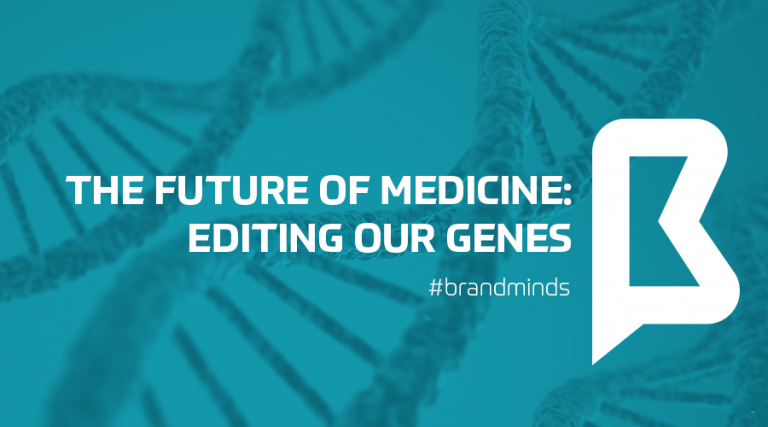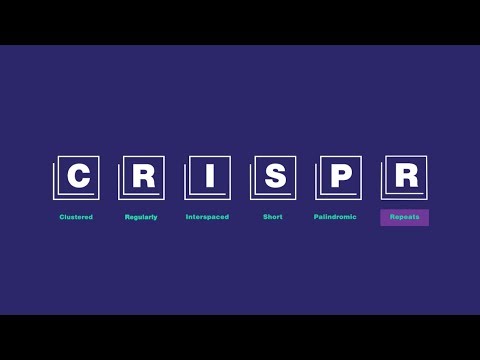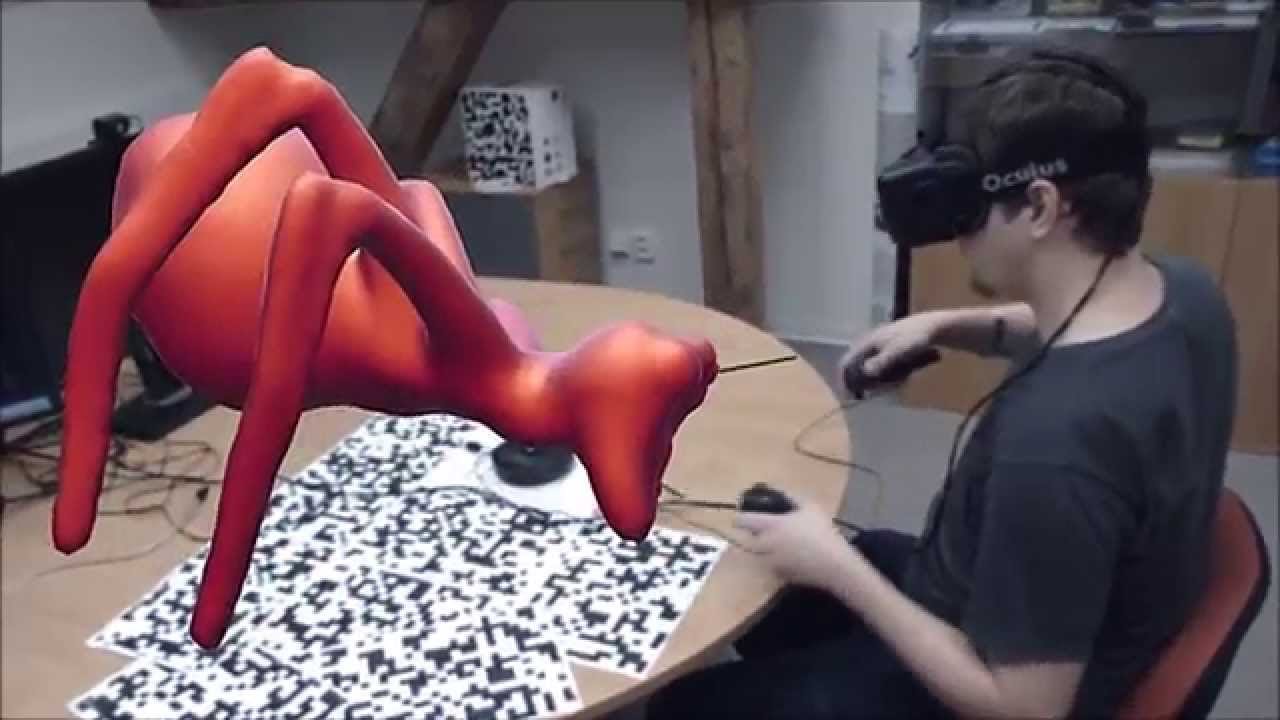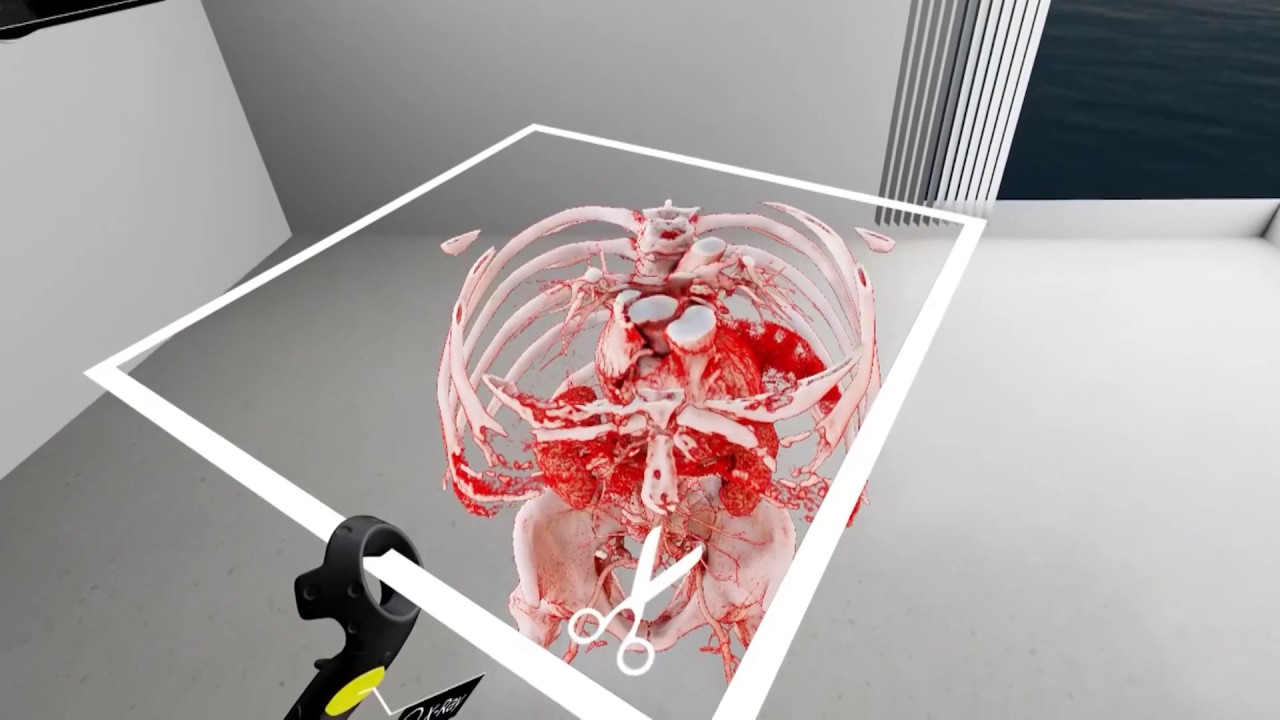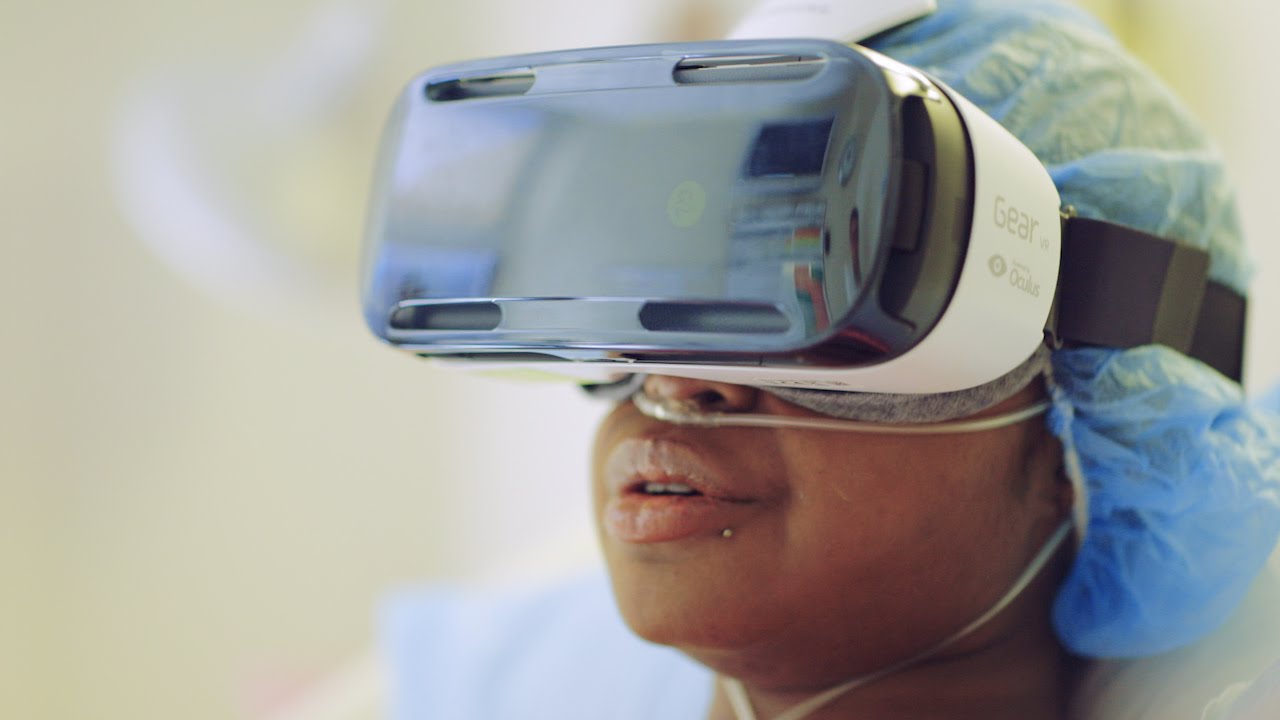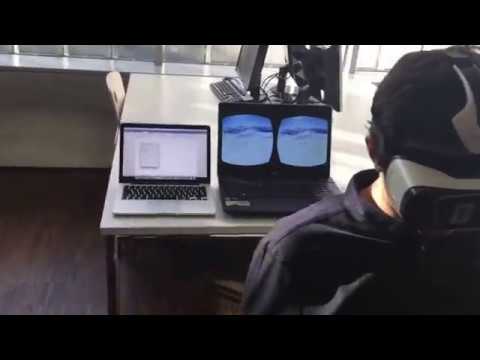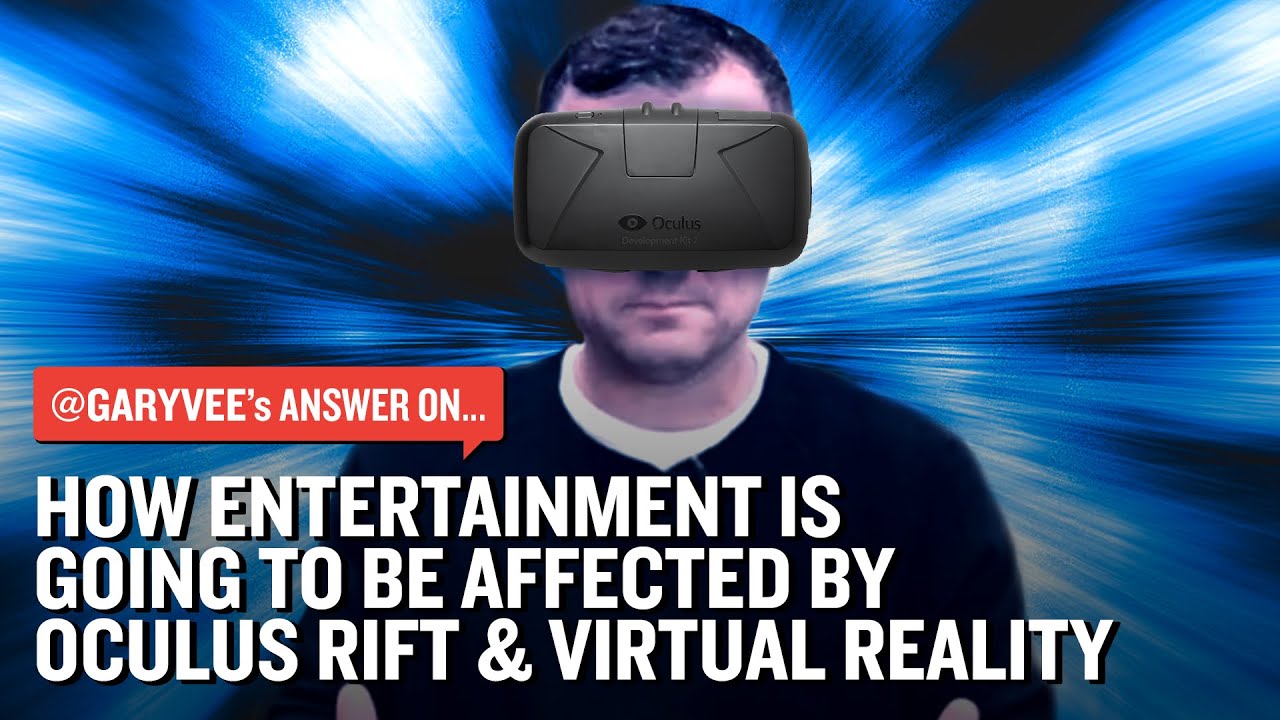The future of medicine – editing our genes
Genetically inherited illnesses – can we edit them out of our genes?
In 2013, Angelina Jolie wrote a powerful article in New York Times entitled My Medical Choice in which she talks about her decision to have preventive double mastectomy – removal of both breasts. A blood test has revealed that she has inherited a faulty gene which increased her risk of developing breast cancer to 87% and ovarian cancer to 50%. It was a difficult reality for her to face but not a surprise since her mother, grandmother and aunt have died of breast cancer.
What if Angelina’s grandmother could have had her blood tested for this specific gene mutation? Unfortunately the technology was not available at that time. Would she still have died of breast cancer?
Had she known she carried the gene mutation that causes breast cancer, would she have done something to prevent it from being passed onto her female descendants?
These questions may seem rhetorical, but sooner than later, they will receive an answer: no, she wouldn’t have died of breast cancer and no, she wouldn’t have passed the killing gene mutation onto her daughters and granddaughter.
The Gene Editing Tool
CRISPR/Cas9 is the gene editing tool that will soon usher in a new era of disease-free world. The mechanism behind CRISPR was discovered in the ‘90s by Francis Mojica, a microbiologist. Jennifer Doudna, Emmanuelle Charpentier & Feng Zang are the scientists who have transformed CRISPR/Cas9 into a gene editing tool.
How does CRISPR/Cas9 work?
The gene-editing tool CRISPR/Cas9 is based on a natural defense system embedded in bacterial cells that recognizes and destroys invading viral DNA.
CRISPR/Cas9 searches a cell’s genetic material looking for a specific DNA sequence then once a match is found, it cuts the target DNA. Once the DNA is cut, the cell will then repair the cut with additional DNA provided by researchers.
What genes has CRISPR/Cas9 edited so far?
1.A team of researchers at The Francis Crick Institute in the UK used CRISPR/Cas9 to successfully stop a gene from producing a key protein called OCT4, causing embryos to collapse. The conclusion is that CRISPR/Cas9 could improve the treatment for infertility.
2. In August 2017, a team of doctors successfully corrected the gene that is known to cause a heart disease that affects 1 in 500 people – hypertrophic cardiomyopathy. The novelty is that the correction was done on human live embryos before implantation.
3. Researchers from the University of Pittsburgh have used CRISPR to target cancer’s “command center”, increasing survival rates and shrinking aggressive tumors without harming healthy cells in mice.
4. Scientists have edited HIV out of human immune cell DNA, and in doing so, have prevented the reinfection of unedited cells too.
What’s next for CRISPR?
So far, all interventions on DNA using CRISPR were executed on cells outside of the human body, living in petri dishes.
The next step for CRISPR technology is human trials meaning to edit cells inside the human body.
Here lies the challenge: finding a way to insert the CRISPR tool into the human body.
If the scientists are successful, CRISPR will be able to treat a number of serious diseases and even wipe them out forever.
5 domains that will be revolutionised by VR – part II
This is a continuation of last week’s article.
3. Healthcare and medicine
According to inc.com, one of the key implementations of virtual reality in the medical field is that it will allow doctors and medical professionals to practice procedures that they don’t regularly have access to in the office. There are a variety of different mobile virtual reality devices that are becoming equip to handle these exercises. Among them, Gear VR, VR One, and Google Cardboard have stood out as some of the most promising. These devices will dramatically change the way in which hospitals and health care facilities are able to train their nurses, doctors, and medical personnel. There are many instances of virtual reality already playing a role in training.
Nicklaus Children’s Hospital has recently partnered with Next Galaxy Corp, an augmented and virtual reality company, to create software designed for procedures in hospitals. The technology is centered on the virtual reality medical instructional software, which functions to guide users through procedures like a Foley catheter insertion, cardiopulmonary resuscitation, and wound care. As the technology continues to advance, training new employees will become easier and more cost effective. In addition, the training itself will be more effective. “By enabling the trainee to immerse himself in a virtual reality environment, the staff member is able to synthetize a much more realistic and memorable experience for the new employee. Among its many proven benefits, virtual reality has shown remarkable abilities in enabling medical staff to learn and retain information,” writes inc.com.
For the first time in the history of medicine, on 14 April 2016 Shafi Ahmed cancer surgeon performed an operation using a virtual reality camera at the Royal London hospital. Everyone could participate in the operation in real time through the Medical Realities website and the VR in OR app. “Virtual reality could elevate the teaching and learning experience in medicine to a whole new level. Today, only a few students can peek over the shoulder of the surgeon during an operation and it is challenging to learn the tricks of the trade like that. With a virtual reality camera, surgeons can stream operations globally and allow medical students to actually be there in the OR using their VR goggles,” writes medicalfuturist.com.
At the same time, VR can help relax the patients, treat their phobias and PTSD. Professor Albert Rizzo, director of VR in the medical field and who works at the Institute of modern creative technology, uses virtual reality exposure therapy, particularly with the soldiers, who survived post-traumatic stress syndrome, caused by hostilities. The essence of the therapy lies in patient’s immersion in simulation, where he drives the Hammer and suddenly a homemade device explodes in a certain place. “This is peculiar stimulation of the imagination, where the patient is trying to work over the trauma or any other problems by a specific provocative method,” wrote Forbes.
More you can read here, here and here.
4. Tourism
The tourism industry is one of the first to take advantage of the technology. Many tourism sites has developed VR tours, which take you to a world where you feel that you are part of the scene and can have interactions with the various elements at the scene. Most of the world famous sites have some or the other technologies in action to help increase the visitor experience.
According to Lonely Planet, Marriott Hotels has been trying out virtual reality experiences and has allowed guests at certain hotel locations to trial a VR headset. The company also unveiled a virtual travel content platform – called VR Postcards – which are immersive travel stories that follow a real traveller heading to a unique destination, such as the Andes Mountains in Chile, an ice cream shop in Rwanda or the streets of Beijing. “Some companies are using VR to entice would-be travelers to their product. Earlier this year, Carnival Cruises ran a promotion with AT&T using Samsung VR technology. They set up in 133 stores around America allowing people to have a virtual reality experience of what it’s like aboard one of their cruise ships. The company noted that it’s exploring how it could adopt VR into its sales as it could be used by travel agents to show to clients a prospective cruise experience,” explains Lonely Planet.
Moreover, a recent Travelzoo survey of more than 6,000 travellersin Asia, Europe, North America and South America found about 80% of people feel robots will be a big part of their lives by 2020 and nearly two-thirds said they would be comfortable with using them in the travel industry. Those efforts are already underway in certain places, as Amsterdam’s Schiphol Airport and KLM have been testing a robot designed to help passengers find their gates and Costa Cruises have a new multi-lingual humanoid robot that can give recommendations to travelers.
5. Entertainment
Offering a distinctive experience far beyond attending a concert, show or sports game, virtual reality technology provides a standout option to live entertainment enthusiasts everywhere.
Moreover, with virtual reality technology, more fans can have that front row experience. The specialized 3-D 360-degree technology offers a view that being in the audience could never buy – placing cameras in locations beyond a front row experience (i.e. under the basketball hoop, in the end zone, etc.) – and gives the user the feeling of being in a special place. “Virtual reality provides a whole new medium. Whereas Hollywood movies have to be 72 minutes to be considered a theatrical film, virtual reality doesn’t have these restrictions. In fact, viewers have the opportunity to do so much more, such as meeting the actors and actresses “in-person” – an opportunity that few others have had the chance to do,” says psfk.com.
Another interesting perspective can be read here.
Old versus new technologies
The new digital technologies are always getting people curious and excited, whether it’s the digital camera that is cheaper than developing rolls upon rolls of film, or the photo-sharing apps that – in turn — make your iPhone camera easier to use than your old digital camera. The possibility to do more, faster and shareable is beating all the good old technology that you needed to be instructed to use. If some years ago not everybody knew how to operate a photo camera and develop the pictures, having to take the rolls to specialized photo units, today anyone can take great, amazing pictures, just by using his/ her phone or a digital camera.
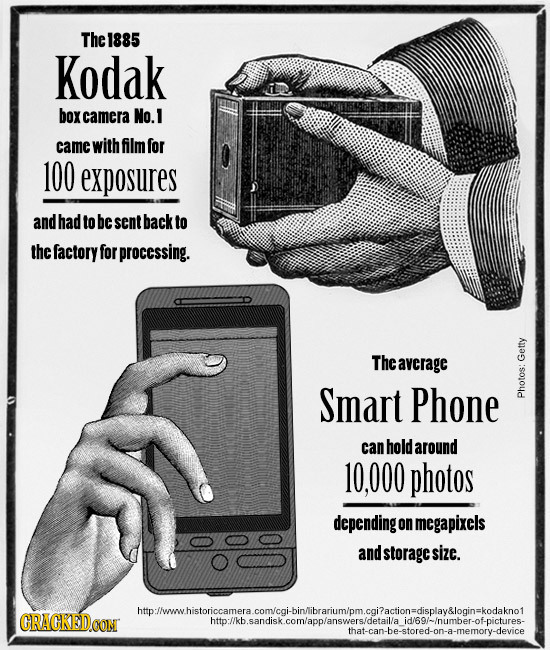
Still, it’s important not to forget that the new technology is based on the old one and, sometimes, people still prefer, in some cases, to use the older versions. In some cases it even became vintage and cool to use the old “ways”.
Here are some then & now infographics and pictures that will help you easily put them one next to another.
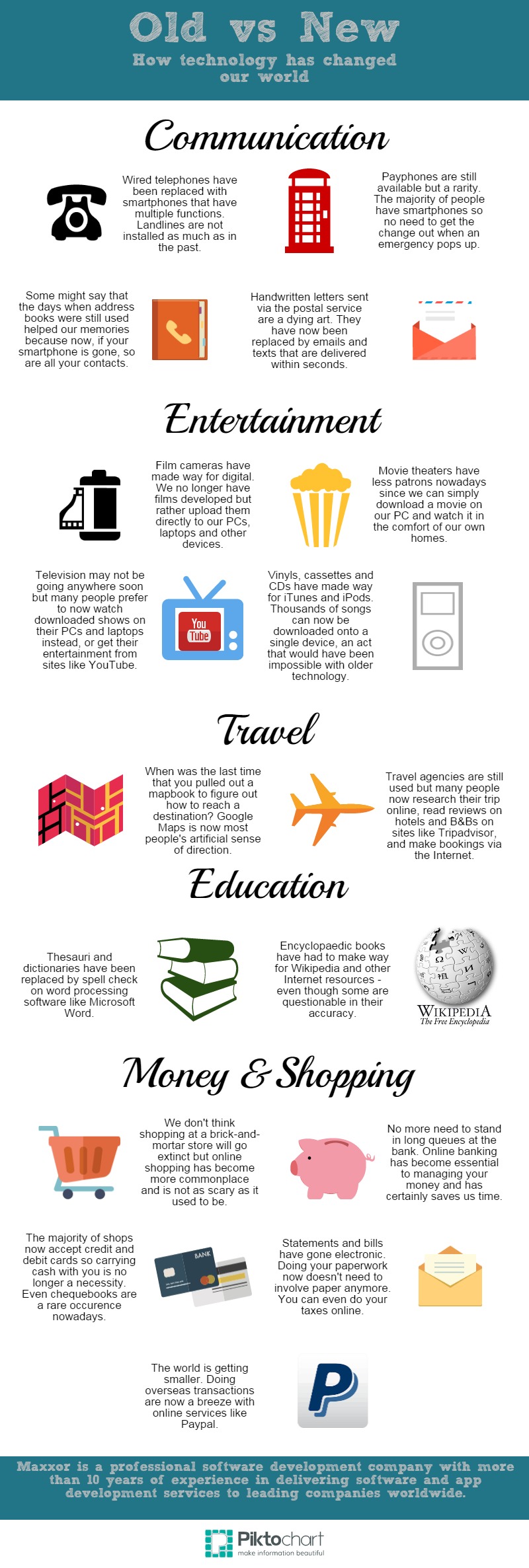
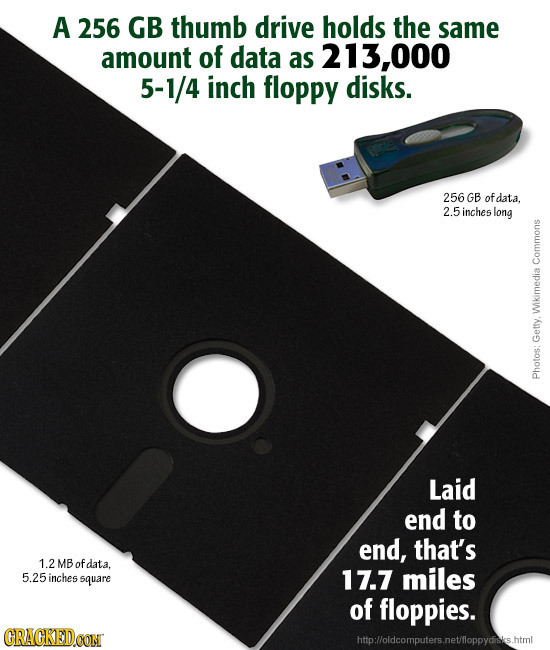
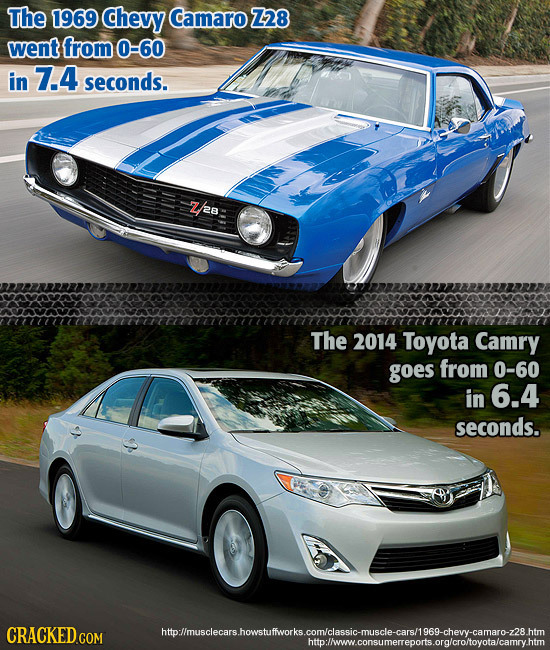
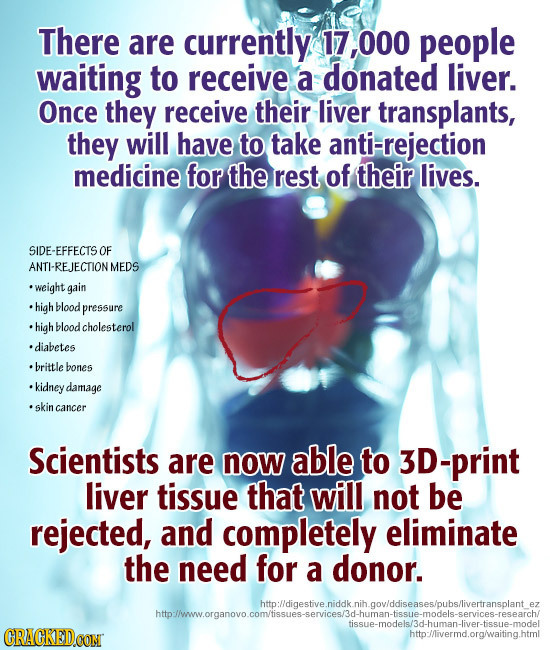
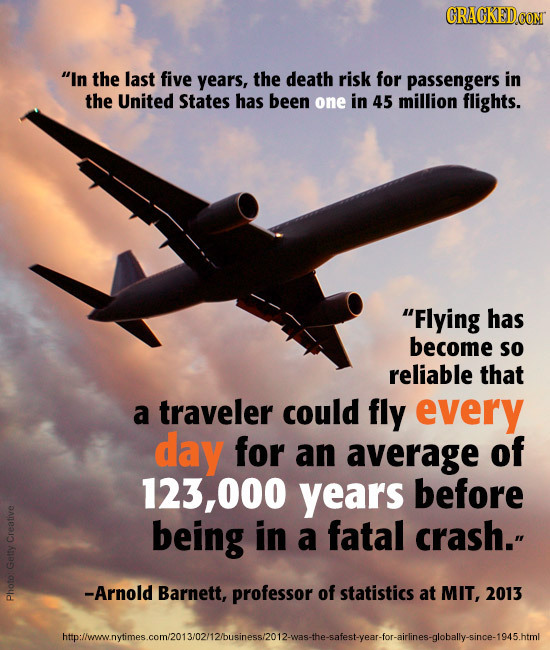
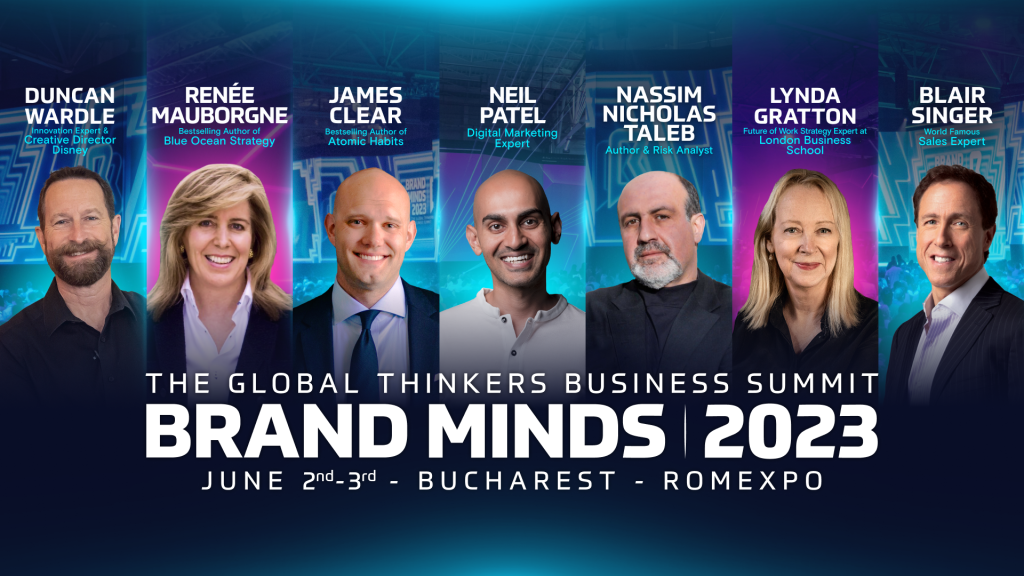
Tickets available at brandminds.com
